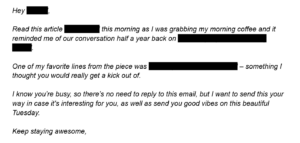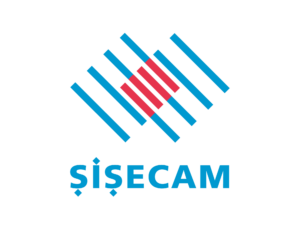Some may tell you that you can secure your PDFs by password protecting them. That may not be the case. Still, password protection for PDF documents has become quite common as it’s a simple solution to what could turn out to be a complex problem for your company.
As a startup, you will encounter many instances where you need to send proprietary information, financial data and other work products with others outside your company’s walls, such as bankers, potential investors or contract workers. Any of these could land your company’s data in a risky situation.
Businesses may want to password-protect their PDFs for a variety of reasons, such as for copyright protection, restricting changes, requesting digital signatures, or limiting the ability to print and copy.
But some companies may be leaning too heavily into these securities to store intellectual property that could be the lifeblood of their businesses.
Losing control of these documents could seriously damage your business if they fall into the wrong hands, by evil intent or by accident.
Five reasons why you shouldn’t password protect PDFs
While PDFs have a slight level of security when password-protected, you’ll want to consider these reasons for seeking a higher level of protection for your intellectual property:
1. Passwords cannot identify the person viewing the file
Once you pass company documents along to someone and provide the password, you lose control of who holds the password. The person(s) you send the password to are free to pass it along to anyone they see fit to access your file. After password sharing begins, it is unlikely for you to know how many people are accessing your file.
Password theft is also a common issue as you have to send the password in some written form with the user. Typically, the user will struggle to recall your password and will retain a written copy in an easily accessed location. Hackers could find the password if it’s kept on their computer or even a mobile device. If it’s written at their desk, someone in their office or a visitor could find the password and get access to your information.
2. Password-protected documents cannot be retrieved
When your document leaves your secure servers, it’s out in the ether for a lifetime.
Free encryption services, even from companies such as Adobe or Microsoft Office, give you options to restrict printing or copying, but they have no way to recall a file back. Once someone accesses your PDF, they have permanent access, even if the document is altered or outdated.
3. Locked files can be converted to unsecured files
Once a user has the password, they can easily convert the PDF into an unsecured version either through readily available software or even the Google Chrome browser.
While your user may not have malicious intent, they may become frustrated with having to locate the password each time they open the file and convert it to a format they can use.
Users may also take screenshots or even recordings of the file and convert those into other shareable file formats.
4. Password maintenance becomes a headache
If you have multiple documents you need to send, maintaining a list of passwords could turn into a nightmare. You’ll certainly create a safer environment if you create a different password for each document.
However, you’ll need to maintain records of each password and with whom each password has been shared. Users may often forget passwords or misplace where they recorded them and ask to have them sent again.
5. Passwords are infinitely hackable
Most encryption programs require a minimum of 6-8 characters and a blend of lower-case and upper-case letters, numerals and sometimes symbols. Better security can be provided with a 16-character ASCII password generator, but a determined hacker can crack such a code in 1 hour.
If you choose a common password code, this simplifies the hacker’s task, as the first step they’d perform is to search a list of frequently used passwords.
How Digify serves your IP security needs better
Digify offers simple, all-in-one digital rights management software.
Among the features of Digify’s DRM:
- Full control of access: Only individuals you invite are allowed to access your files. They must enter a user code at first access and cannot share the code.
- Tracking and analytics: You’ll receive an alert when a person first accesses a file and you’ll be able to track when and where they access the files and for how long — all features out of your control when sending password-protected PDFs
- Revoke access: You can revoke a person’s access anytime from anywhere as soon as they no longer need access or if you see them trying to violate their terms of access.
- Protect files: You can block copying and pasting and printing of your digital files. You also can automatically place a dynamic watermark or a moveable screen shield to discourage screenshots or screen recordings.
- File expiration: You can set an automatic date where files will self-destruct or expire on a certain time and date.
- Support multiple formats: Digify supports PDFs, but also photos, videos, spreadsheets, ebooks and other word processing documents.








